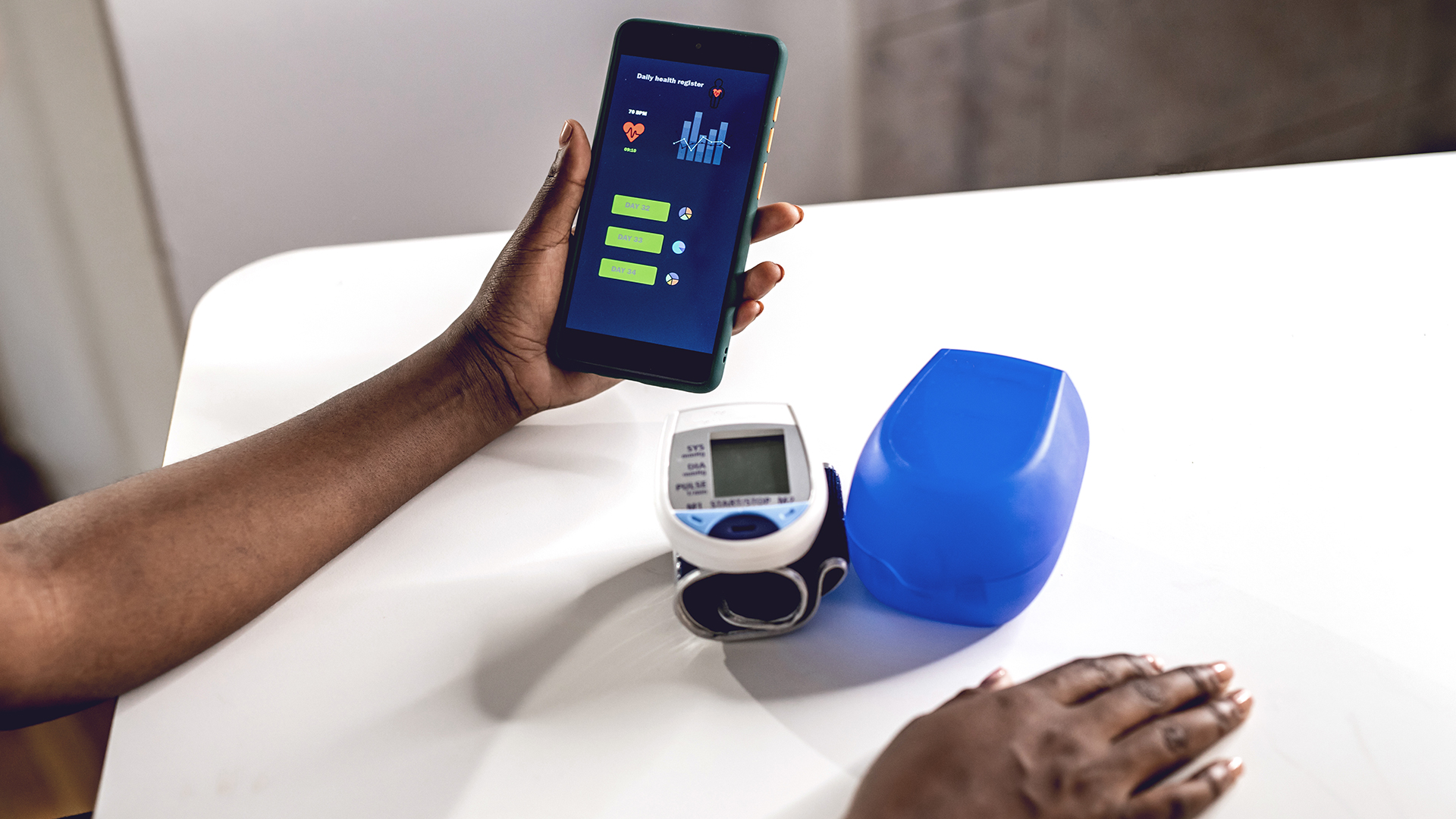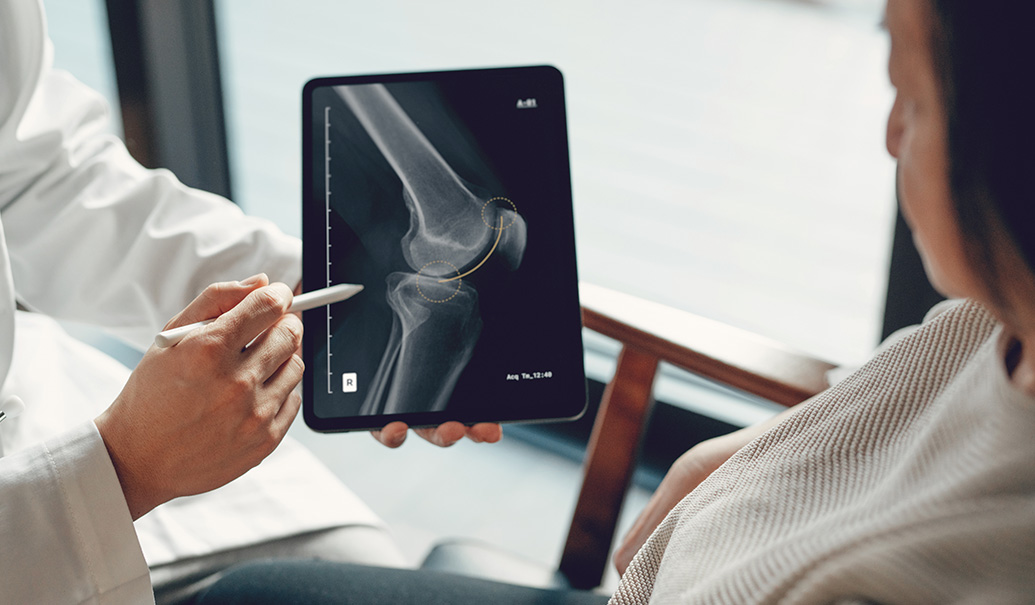With medical devices, sales dominance and pricing power can be fleeting, and the race for new features and benefits in subsequent iterations can be bruising. Nothing has more clearly demonstrated this than the market for coronary stents. Each successive wave of design and data led to huge share shifts, and the market whipsawed its way to an eventual equilibrium as innovation subsided and prices dropped substantially. The fall of such a high-flying product illustrates how markets fluctuate and underscores the perils of failing to innovate and make investments for the long haul. In the fickle medical devices market, connected devices create an opportunity for medtech to establish lasting value and differentiation with durable network effects.
In much the same way consumers enjoy connectivity in their everyday lives, they also expect connectivity in healthcare. Our 2022 study of consumer preferences showed the overwhelming majority see value in connected devices. As of 2023, 40% and 35% of U.S. adults are using health apps and wearables, respectively, with most using the technologies at least once a day. Connected devices offer the opportunity to extend and deepen patient relationships, both to continue to create additional value and collect longer- term data on outcomes that might be elusive with traditional devices. With connectivity comes the opportunity to move from pure one-time interventions to longer term disease modification and management.
In the fickle medical devices market, connected devices create an opportunity for medtech to establish lasting value and differentiation with durable network effects.
Medtech’s track record of success promises future gains with digital connected health
While connectivity generates value across most medtech markets, some risk more near-term disruption from connected devices than do others. Given the need for ongoing patient engagement, self-management and behavior change to affect outcomes, chronic diseases stand out as obvious candidates for impact through digital and connected interventions. Diabetes and sleep apnea emerged as early examples of how medtech, pharma and healthtech players disrupted the market through digital. Other chronic diseases such as obesity and cardiovascular and respiratory conditions are ripe for disruption. Early entrants will shape the market and drive more significant advantage. Medtech players delay entry at their own risk.
While this environment could be crowded with startups and technology industry entrants, medtech holds some inherent advantages. After many years of collaboration, medtech generally has the trust of clinicians and IT administrators. Clinicians are ready to collaborate as medtech understands the clinical pathways and workflows of their customers, and health systems recognize that medtech’s products and services meet the bar on quality and longevity. Additionally, medtech has a clear understanding of regulatory pathways and established relationships with relevant governing bodies. And as the provider of the devices, medtech has many ways of monetizing connected solutions that pure technology companies may miss.
Connected health is a long-term game
Despite a very compelling case for value, medtech’s path to profitability with connected devices is long. Extracting value from connected devices often requires changing clinical pathways—or at least adapting them to the new tools. Reimbursement may not always reflect the resources required to engage with new tools. Considering how these tools can seamlessly fit into existing workflows or helping stakeholders articulate the value of these solutions to administrators or reimbursement and coding teams becomes increasingly critical. Of course, this takes time.
Another challenge with connected care solutions is the misalignment between the value provided and the site of care where value is created. A digital health solution may benefit a clinic but require a brand choice made at the hospital, or it may provide long-term outcomes that do not necessarily benefit the site of care that buys it. Harmonizing the value created with the stakeholder who bears the cost is critical to monetizing the value. This too takes time as medtech must find ways to align incentives in the interim while paving the path to future value creation.
Payer, patient, purchaser and value-based care considerations take center stage with connected health
With respect to monetizing value, business models need to be carefully considered and built. Solutions that don’t create clear economic value drivers for payers will not go far with adoption. The good will of clinicians and administrators only goes so far. If a solution is built for driving share, it needs to drive value for purchasers. If the connected solution will eventually create new revenue streams, the source of that revenue must extract at least some of the value. None of this is fast, as it requires both a forward-thinking strategy and in-market experimentation to find sustainable models.
When considering solutions with true staying power, they’re clearly backed by an argument for either administrative efficiency or value-based care (VBC). Very few business models that last are built on anything other than a foundation that accelerates throughput or has a longer-term VBC angle. However, there are almost no examples of VBC solutions with rapid and easy adoption.
The common theme in these arguments is that building value takes time. Companies that embark on a connected device strategy must be aware of the long-term nature of the investment and willing to persevere through the lean times to create a solution with staying power.
Early successes and lessons in connected health
Despite the long-term nature of building value from connected devices, there are many forays into connected devices that can provide instructive examples of success or lessons for the future. The cardiac rhythm management (CRM) market, which has grown to approximately $6 billion to $7 billion in the U.S. alone as of 2023, is an example of the longest established and deepest implemented instances of connected care. CRM tells us how indispensable a well-designed solution can be once embedded in clinical workflows. It also teaches us how expensive connected care can be and may provide lessons in missed opportunities for monetization early in the establishment of the category. The ability of connected care solutions to build durable walls is clear. Where connected care is established in clinical practice, it’s extremely difficult for a new entrant to penetrate the market.
The continuous glucose monitoring (CGM) market is another in which connected devices abound—and one where strategy has evolved significantly. The value of combining connected devices with insulin delivery, coaching and behavior change stands out as a clear winner in diabetes management, with many studies showing that complementing digital interventions with coaching results in lower HbA1c levels and better weight management. But the ecosystem of partners that pairs the best measurement with the best delivery and the best coaching and analysis was not a foregone conclusion. Early focus in this market was on proprietary solutions and closed systems. The prevailing strategy was thought to be that the provider who had the best combination of measurement, delivery and analysis would win. However, once it became clear that no single player owned a sufficiently advanced solution in each area, and players started disaggregating the solutions, a web of partnerships between medtech, healthtech and pharma became the dominant solution. Examples include Omada and Abbott; Dexcom and DarioHealth; Roche, MySugr and Glooko; and Abbott and Novo Nordisk.
The market for CPAP machines is a third instructive example of connected devices. When the Centers for Medicare & Medicaid Services (CMS) required durable medical equipment (DME) suppliers to show successful therapy delivery to collect reimbursement, leading medtech manufacturers such as Signifier, Philips, Itamar Medical and ResMed swung into action. By creating connected devices that could provide proof of therapy to DMEs, the accountability required by CMS became instead an asset for future use. After building a connected care network, many CPAP manufacturers extended the initial rudimentary capability to larger goals such as data-driven sleep apnea screening apps, algorithm-based diagnostics and personalized treatment adjustment recommendations that improve care delivery. ResMed’s AirSense 10, for example, captures the number of sleep events per hour and makes real-time therapy adjustments. Through digital patient engagement and interventions, ResMed better understands customers, usage behaviors and preferences. The company shows patients the value of its CPAP, gamifies the experience and builds closer relationships. Once a requirement, connected solutions have now become a priceless asset.
Building long-term value in digital health devices requires effort and perseverance
With these challenges and success stories in mind, six learnings can be extracted.
- Define the problem. One of the biggest challenges we observe is a tendency to acquire technology or rush to create solutions because we can. Rarely has a solution tumbled out of a technical capability without significant shaping to fit the problem. In our experience, rigorous definition of the problem being solved is one of the biggest impediments to success in connected health. A solution on its face often fails under the scrutiny of real-world problem-solving.
- Build with an actual customer in mind. We can’t stress enough the need to partner with customers in defining a solution. Too many examples of seemingly elegant solutions fail when they get to the customer environment. Solutions require workflow integration, infrastructure integration and often electronic medical records integration. None of this can be accomplished in theory without first being accomplished in practice. We know of no better way of doing this than partnering with an actual customer.
- Don’t try to fast forward to the end. Build interim sources of value. The ultimate source of value often is not the initial driver for adoption. With a clinical decision support (CDS) tool, the value often rests in getting the right decision and the best possible long-term outcome. While long-term outcomes most often appeal to payers, they are not the end users for point-of-care CDS tools and can’t dictate that providers use specific systems. This means that interim steps may be needed to monetize at launch versus over the long term. The CPAP market is a good example of this. At launch, the connectivity enabled reimbursement but has built additional value over time.
- Organize for success. Important organizational design decisions must be made for connected solutions in both the solution build and sales phases. Connected solutions need to be more centered around user experience, rely on an iterative user feedback loop, require agile ways of working that are not always needed by traditional devices and need to be continuously improved—even post-launch. Applying a device approach to a connected solution often leads to failures. When considering selling and implementation, erroneous assumptions frequently underestimate the different, consultative-based approach to selling, implementing and continuing to create customer value from digital solutions.
- Consider partnerships to accelerate success and augment capabilities. Medtech companies often overlook or miss the opportunity to form partnerships, and we see most medtech executives look to build or buy as the primary strategy for digital expansion. Partnering can offer a fast track to capabilities that might be expensive to acquire or difficult to build. Additionally, as seen in the tech sector, many win-wins can be found in partnering with the right approach and careful consideration of the structure. The CGM market is an example where partnerships have started to prevail.
The future of health is connected: Medtech must lead the way
Looking across the medtech landscape can provide useful insights about the future of healthcare. It’s clear the connected device journey is a long one, requiring significant resources, fortitude and strategic direction. No one else can chart the path ahead and guide the necessary steps as well as medtech can. Medtech companies bring unparalleled credibility in developing innovative medical devices, backed by the unique patient insights, R&D investments and industry relationships that are essential to delivering long-term value. Connected health devices promise to transform care, helping people monitor their health, manage chronic conditions and mitigate costly interventions. For those who persevere—and for their customers and patients—the opportunity is great.
Add insights to your inbox
We’ll send you content you’ll want to read – and put to use.
















